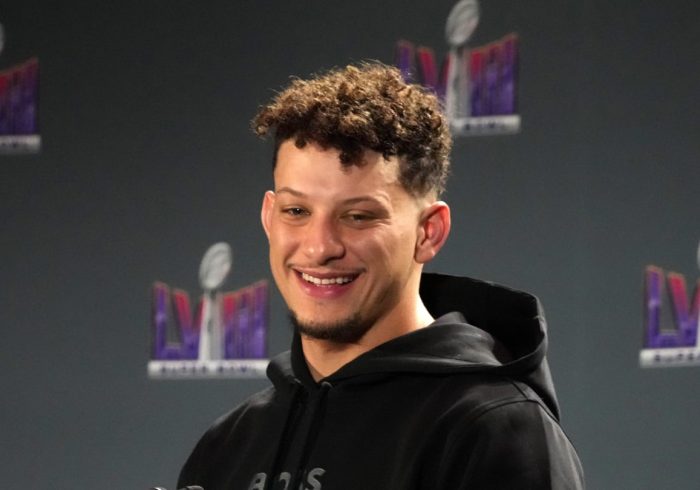Kansas City Chiefs wide receiver Rashee Rice has had a tumultous offseason after winning the Super Bowl as a rookie.
First, on April 10, police charged Rice with aggravated assault, collision involving serious bodily injury, and six counts of collision involving injuries for his alleged role in a hit-and-run crash in Dallas. Then, on May 7, police in the same city named Rice asa suspect in an alleged nightclub assault.
On Saturday, Rice addressed his legal issues for the first time in Kansas City.
“I’ve learned so much from that,” he told gathered reporters. “All I can do is mature and continue to grow from that. This is a step in a better direction for me.”
Rice and other Chiefs wide receivers hosted the Dream Big Youth Football Camp on Saturday morning at Kansas City’s Central Park.
“Accidents and stuff like that happen, but all you can do is move forward and walk around being the same person, try to be positive so that everybody can feel your love and your great energy,” he said.
In 2023, Rice caught 79 passes for 938 yards and seven touchdowns.






